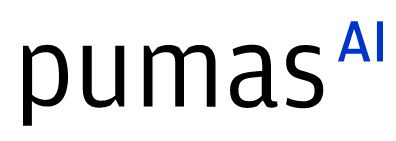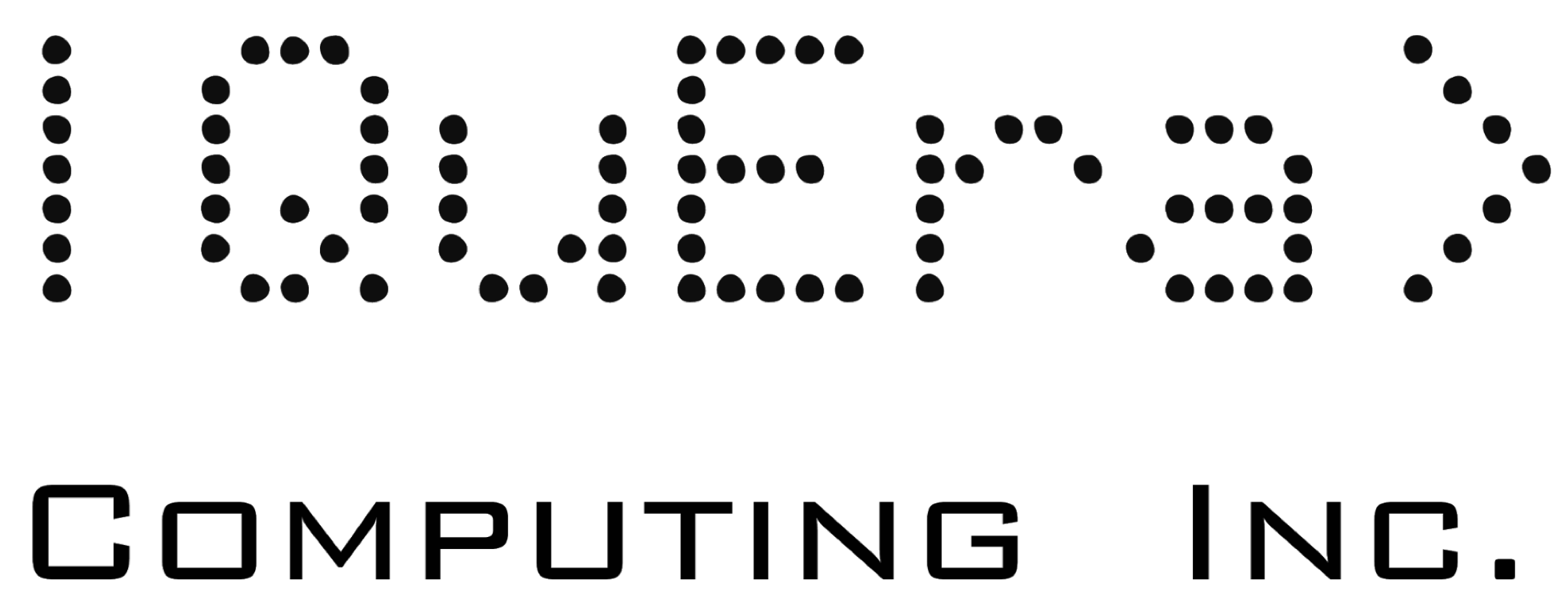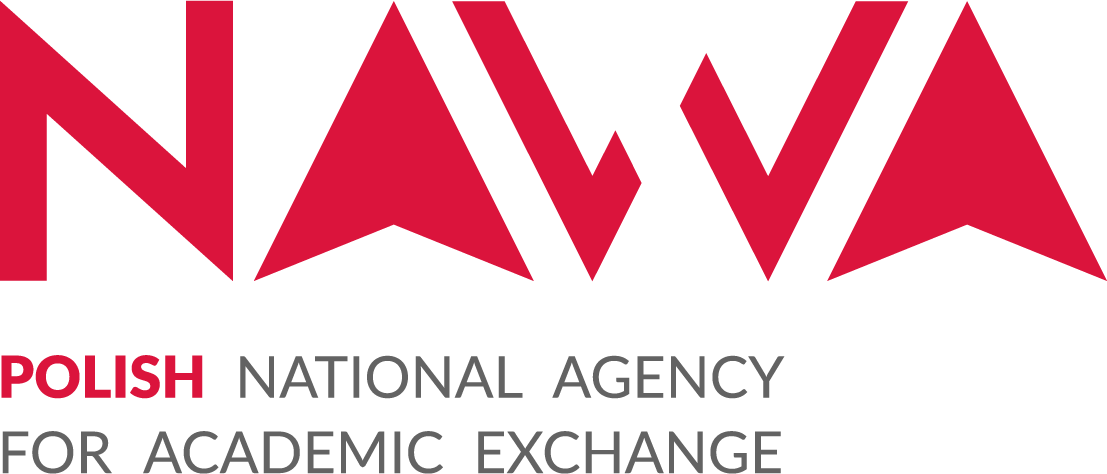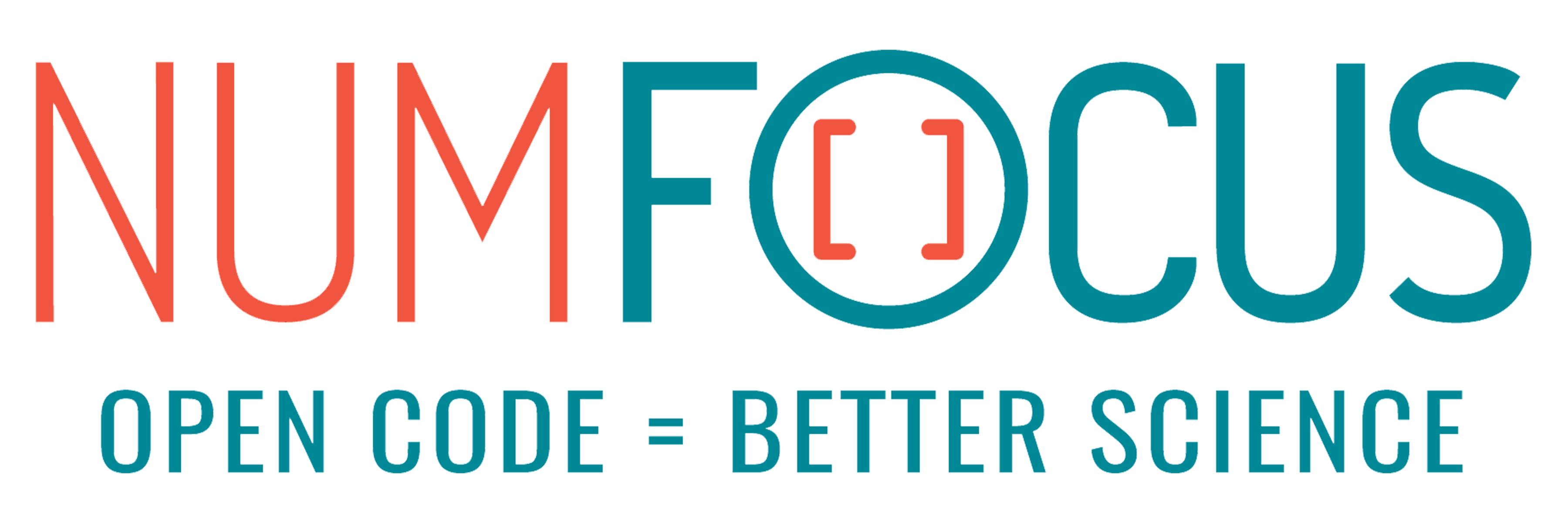Immuno-Oncology QSP Modeling Using Open-Science Julia Solvers
Abstract:
As Julia usage continues to grow within regulated biomedical environments, it is vital to ensure analyses are traceable and reproducible. Conducting analyses in an open-science manner is also critical to expand the adoption of Julia and to facilitate the infrastructure growth of Julia as an accessible ecosystem. A step-by-step model-building example of a classic monoclonal antibody-drug conjugate PBPK/tumor dynamics system illustrates how to develop such a reproducible open-science framework.
Description:
The Julia ecosystem has been developed as a powerful open-source language, but it currently lacks some infrastructure typically required by regulatory agencies to be seen as a reproducible and dependable open-source platform for submission-quality work within the highly regulated biomedical field. For Julia to be a truly open-source platform it needs infrastructure for pharmacometric and QSP analyses like the "how to document that this platform is “validated" as R has done (https://www.r-project.org/doc/R-FDA.pdf) ", a package for routinely incorporating inputs like dosing events and other "covariates", model library(ies), general (traceable and reproducible) modeling workflows and best practices, model specification approaches, package testing, functional outputs, etc. The open-source community should not have to rely on commercial entities to supply such infrastructure, nor is a viable open-source language healthy, under those circumstances.
The authors have been working, with others in the field, to develop models and some of the aforementioned workflows and infrastructure to produce submission-quality analyses within the open-source and open-science Julia ecosystem. A classic set of monoclonal antibody-drug conjugate Physiologically Based PK (PBPK)/tumor dynamics systems models have been implemented, parameterized, and exercised (through simulation) to illustrate such a reproducible workflow. The background behind the models and the Julia scripts used to develop and visualize the models and processing will be presented as a step-by-step “how-to” guide for deploying a reproducible open-science Julia workflow. A github page with the details and codes behind this vignette will also be provided to the public, in the spirit of knowledge sharing.
Platinum sponsors

Gold sponsors

Silver sponsors




Bronze sponsors



Academic partners

Local partners

Fiscal Sponsor
